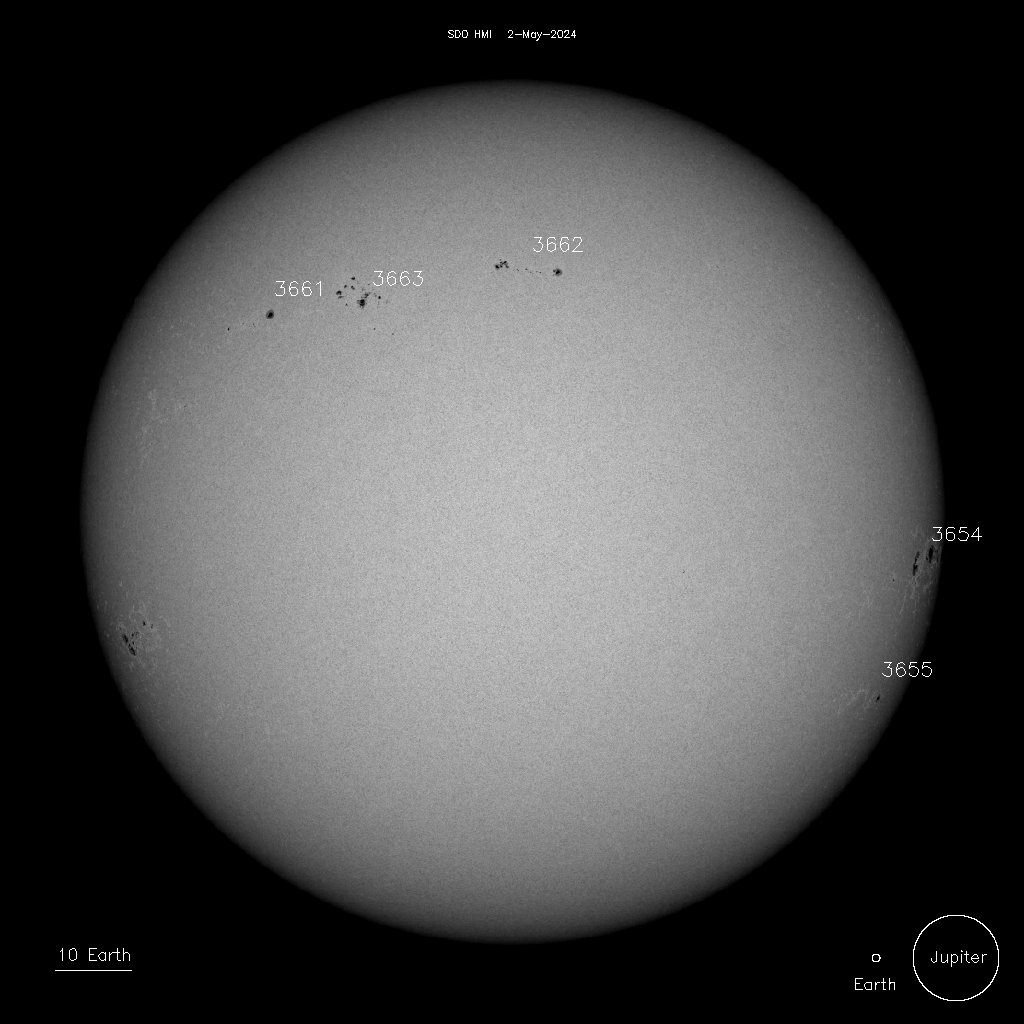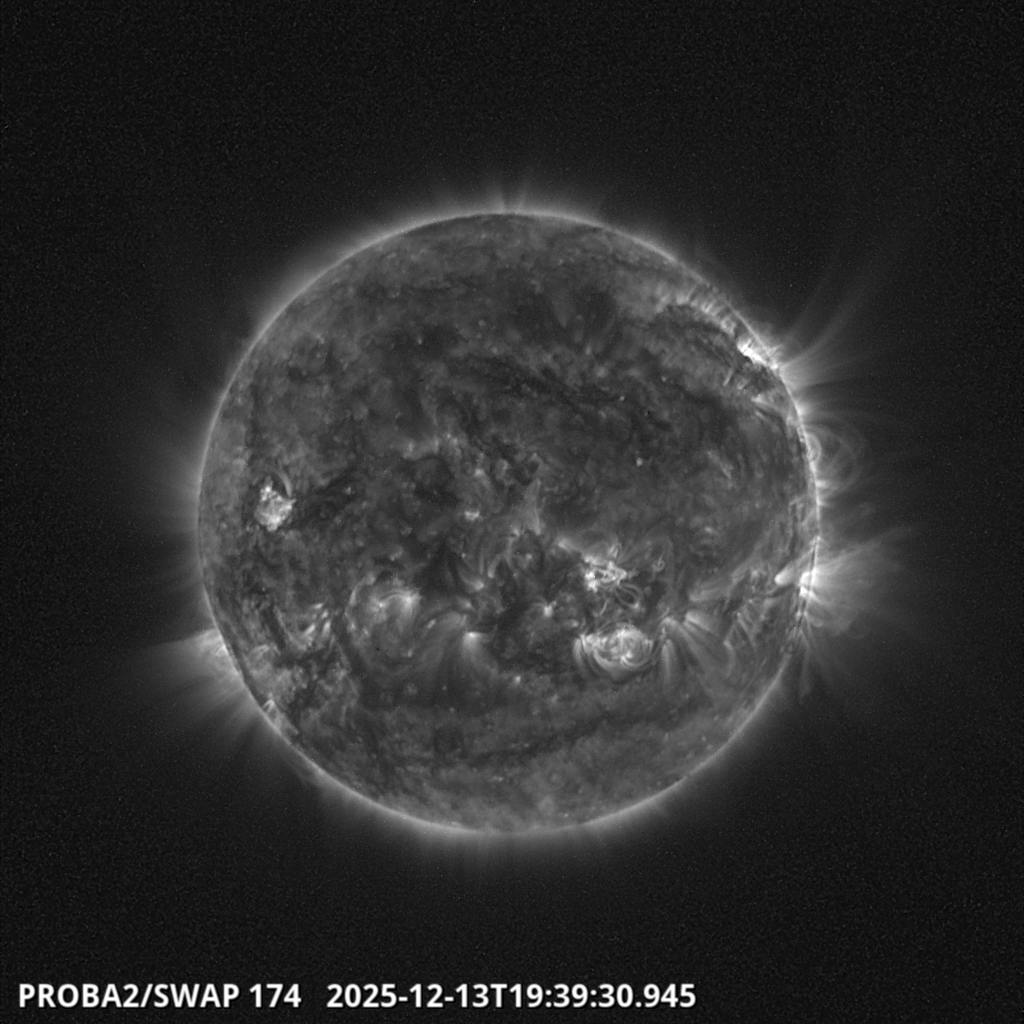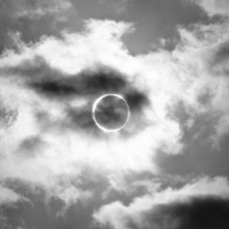SDSS J184037.78+642312.3: The First Pulsating Extremely Low Mass White Dwarf
As far as I know, interest in pulsating white dwarfs goes back to at least 1949 when Sauvenier-Goffin (1949) investigated the dynamical stability of degenerate stellar configurations. Still, it wasn’t until Arlo Landolt’s rather fortuitous 1968 discovery of rapid luminosity variations of HL Taurus 76 that led to the detection of pulsating white dwarf (WD) stars as a whole new branch of observational astronomy. Landolt (1968) gathered U-B-V light curves of HL Tau 76 and reported on complex multi-periodic luminosity variations with a dominant quasi-period of ∼750s. Hence, from this very serendipitous discovery a new class of variable star was born: the pulsating white dwarf star.
Studies of such unstable pulsating stars are now very much in their maturity. As such, there are now many known pulsational instability strips on the Hertzsprung-Russell diagram (Steinfadt et al. 2010; Brown et al. 2010), including the DAV (or ZZ Ceti) instability strip, driven by a hydrogen partial ionization zone in the hydrogen atmosphere (DA) WDs. Seismology using the non-radial g-mode pulsations of DAVs enables researchers to constrain the key properties of such objects: including the mass, the core and envelope composition and the rotation rate (e.g. Winget & Kepler 2008; Fontaine & Brassard 2008).
The discovery of the first pulsating extremely low mass (ELM) WD, SDSS J184037.78+642312.3, by Hermes et al. (2012) has now added a new bridge between the WDs and main-sequence stars on the DAV instability strip. The DA (hydrogen-atmosphere) WD SDSS J184037.78+642312.3 is by far the coolest and the lowest-mass pulsating WD, with  and log g* = 6.22 ± 0.06, which corresponds to a mass of ~0.17
and log g* = 6.22 ± 0.06, which corresponds to a mass of ~0.17 . Hermes et al. (2012) report high-amplitude variability in the pulsations at timescales of more than 4000s, with quite varying anharmonicity in the pulsation profile, furthermore their observations suggest that the pulsations are multi-periodic (see Figure 1).
. Hermes et al. (2012) report high-amplitude variability in the pulsations at timescales of more than 4000s, with quite varying anharmonicity in the pulsation profile, furthermore their observations suggest that the pulsations are multi-periodic (see Figure 1).

Fig. 1: High-speed photometry of SDSS J184037.78+642312.3 over three consecutive nights in 2011 October. The grey light curve shows the brightest star in the field over the same period as a comparison (Credit: Hermes et al. (2012) Ast.Jrnl, 750 (2) L28.).
N.B.* g is a measurement of the surface gravity of the white dwarf, in effect the gravitational acceleration, in units  on the surface.
on the surface.
Due to the assumed age of the Milky Way galaxy, extremely low mass white dwarfs, <0.5 , have not had enough time to evolve to their current stage in an isolated system. These objects must be a result of the evolution of a binary system of two stellar pairs with close comparisons to that of our Sun (our Sun is believed to end it’s evolutionary passage as a white dwarf, eventually cooling to a brown dwarf). These WDs are believed to be the product of binary evolution. Indeed, radial velocity surveys of low-mass WDs indicate that most form in binary systems (Marsh et al. 1995; Brown et al. 2011a). This conclusion is consistent with these findings, pulsations can either occur due to very large magnetic fields causing jetted outbursts or more traditionally by accretion processes within a cataclysmic binary system.
, have not had enough time to evolve to their current stage in an isolated system. These objects must be a result of the evolution of a binary system of two stellar pairs with close comparisons to that of our Sun (our Sun is believed to end it’s evolutionary passage as a white dwarf, eventually cooling to a brown dwarf). These WDs are believed to be the product of binary evolution. Indeed, radial velocity surveys of low-mass WDs indicate that most form in binary systems (Marsh et al. 1995; Brown et al. 2011a). This conclusion is consistent with these findings, pulsations can either occur due to very large magnetic fields causing jetted outbursts or more traditionally by accretion processes within a cataclysmic binary system.
However, this system is assumed to contain two white dwarf pairs: one at mass 0.64![]() with a 70% likelihood that the companion is of mass <1.4
with a 70% likelihood that the companion is of mass <1.4![]() (using an empirical mass function of
(using an empirical mass function of  for the SDSS J184037.78+642312.3 system). Although the companion mass has no overall bearing on their findings, Hermes et al. (2012) are unsure about the the driving mechanism for pulsation is largely unknown for this particular ELM WD star. They do, however, propose that the same mechanism of convective driving that operates in the C/O-core DAVs (Brickhill 1991; Wu 1998; Goldreich & Wu 1999) is also responsible for the pulsations of low-mass WDs such as that of SDSS J184037.78+642312.3. Nonetheless, Hermes et al. (2012) expect that more extensive time-series photometry of this ELM WD offers the first opportunity to probe the interior of a low-mass, presumably He-core WD using the tools of asteroseismology.
for the SDSS J184037.78+642312.3 system). Although the companion mass has no overall bearing on their findings, Hermes et al. (2012) are unsure about the the driving mechanism for pulsation is largely unknown for this particular ELM WD star. They do, however, propose that the same mechanism of convective driving that operates in the C/O-core DAVs (Brickhill 1991; Wu 1998; Goldreich & Wu 1999) is also responsible for the pulsations of low-mass WDs such as that of SDSS J184037.78+642312.3. Nonetheless, Hermes et al. (2012) expect that more extensive time-series photometry of this ELM WD offers the first opportunity to probe the interior of a low-mass, presumably He-core WD using the tools of asteroseismology.
Journal References:
- Landolt, A. (1968) A New Short-Period Blue Variable. The Astrophysical Journal, 153 (1): pp.151-164.
- Kilic, M. et al. (2007) The Lowest Mass White Dwarf. The Astrophysical Journal, 660 (2): pp.1451-1461.
- Fontaine, G.; Brassard, P. (2008) The Pulsating White Dwarf Stars. Publications Pacific Astronomical Society, 120 (872): pp. 1043-1096.
- Brown, W.D. et al. (2012) The ELM Survey. III. A Successful Targeted Survey For Extremely Low Mass White Dwarfs. The Astrophysical Journal, 744 (2): Article I.D.: 142.
- Hermes, J.J. et al. (2012) SDSS J184037.78+642312.3: The First Pulsating Extremely Low Mass White Dwarf. The Astrophysical Journal: Letters, 750 (2): Article I.D.: L28.















Comments are closed.